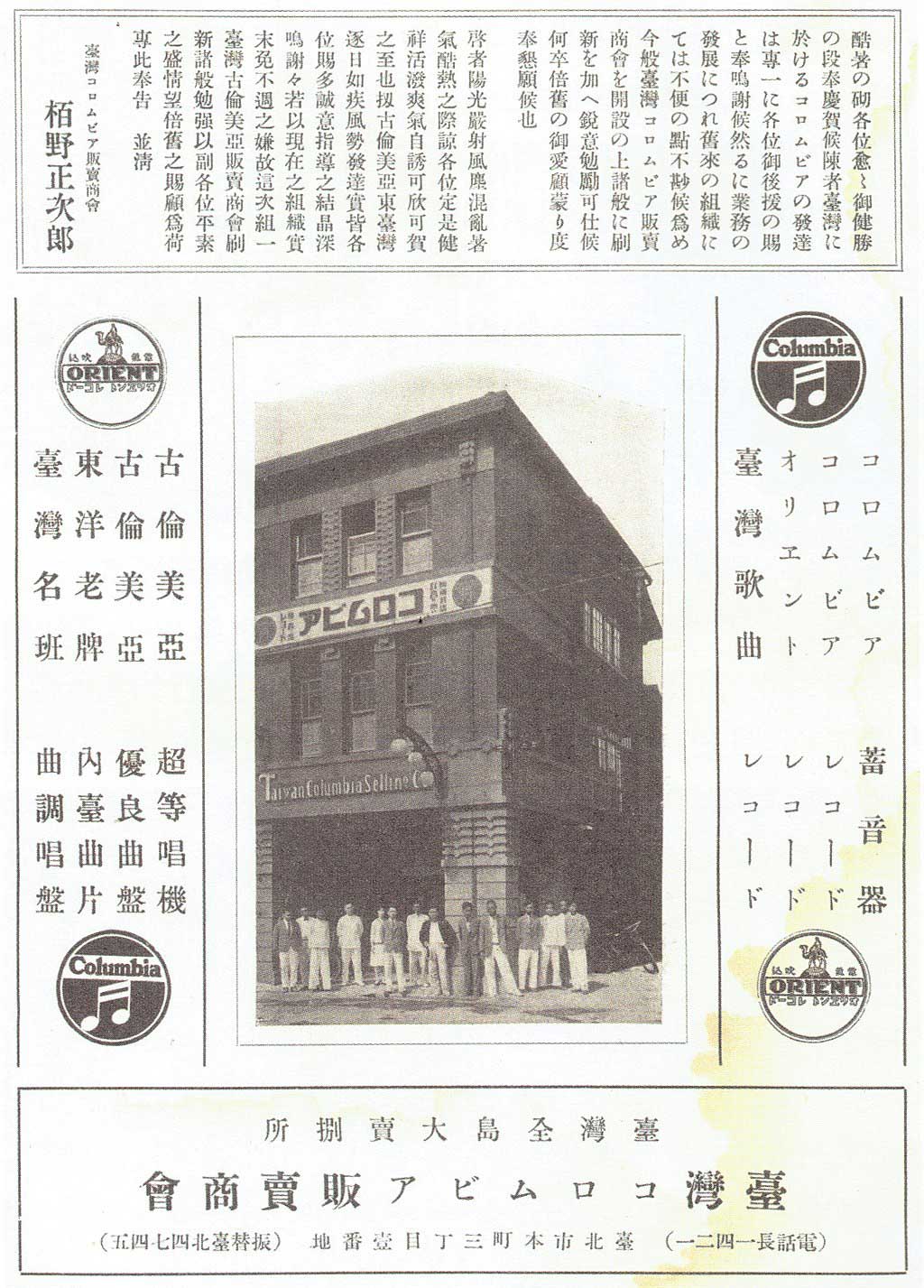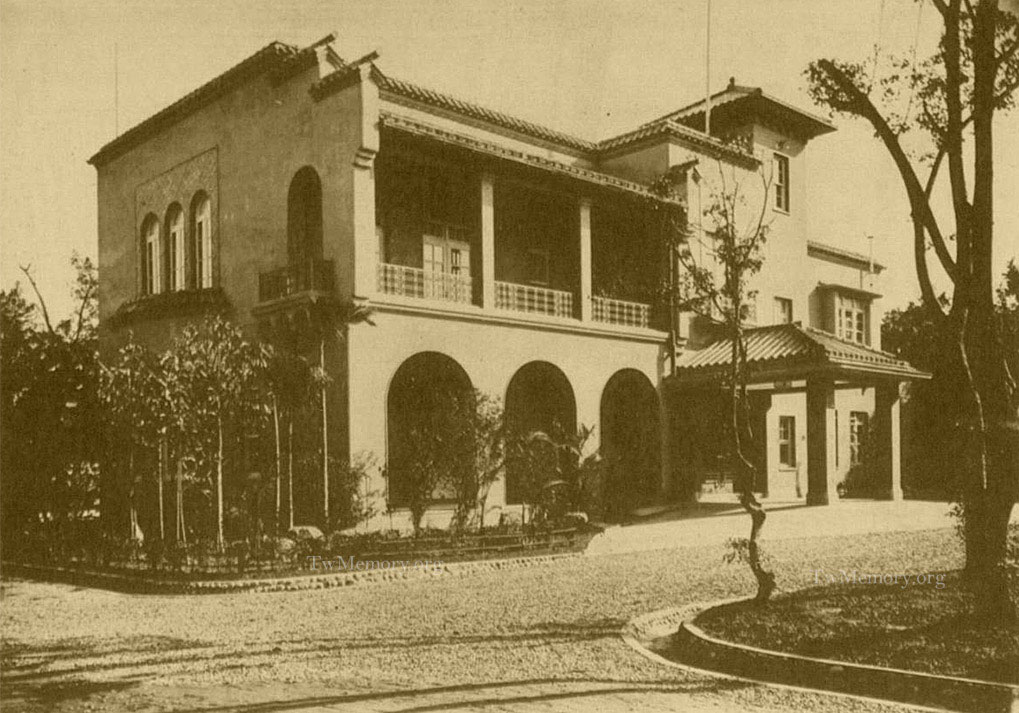This chronology began with the year of 1928 when the first radio station in Taiwan—Taipei Radio Station—came into operation. The station was established by the Government-General of Taiwan, followed by the inaugurations of its counterparts in Taichung, Tainan, Minxiong, and Hualien. The contents broadcasted at that time were mainly in Japanese, whereas Taiwanese programs and music were sparse. The emerging Taiwanese pop songs released in the form of record appeared to be gaining in popularity at that time, yet they were almost prohibited from broadcasting. Even if Taiwanese singers had the opportunity to sing on the radio for live broadcasting, they were allowed to sing no other version than those adapted for Japanese military anthems.
Two “networks of sounding things” comprising technological objects manifested themselves here. One was the network of “radio station—electric wave—radio,” and the other was the network of “record label—record—gramophone.” The former was predominantly controlled by the colonial government of Taiwan, which utilized broadcasting firstly for assimilation education and political propaganda, while entertainment was of secondary importance. The latter was epitomized by the Nippon Columbia which was still under the control of the Government-General of Taiwan (for example, dancing to the tune of the Japanization since 1937, the Nippon Columbia stopped producing Taiwanese pop songs and instead released the adapted versions for military recruitment). Nonetheless, the record labels at that time still considered it imperative to cater to the market taste, and so they were more willing to develop local contents. It was under such circumstances that the earliest Taiwanese pop songs appeared.
After the Nationalist government retreated to Taiwan, a 38-year martial law period ensued, followed by the lifting of martial law in 1987. In that period, the frequency modulation of broadcasting radio wave evolved from AM into FM, whilst cassette and compact disc were substituted for shellac and polyvinyl chloride as the materials that records were made of. These evolutionary processes took place mainly in the dimension of medium, while the structure of the network of sounding things (whether comprising “intangible electric waves” or “tangible records”) remained largely unchanged. It was not until 2010 that the quantum leap of communications technologies (e.g., the Internet and smartphones) gradually integrated the functions of the two aforementioned networks, which ended up with an Internet-mediated powerful structure of the network of sounding things: “computer/smartphone-clouds-computer/smartphone,” such as the “Podcast”—which has attracted a broader audience since last year—and “Clubhouse”, the app that became the talk of the town in the early 2021. These phenomena demonstrate not only the democratization of broadcasting and the popularization of production technologies, but also, to a certain extent, the decentralization of places for sound-making.

The advertisement of the Nippon Columbia (source: Wikipedia)

